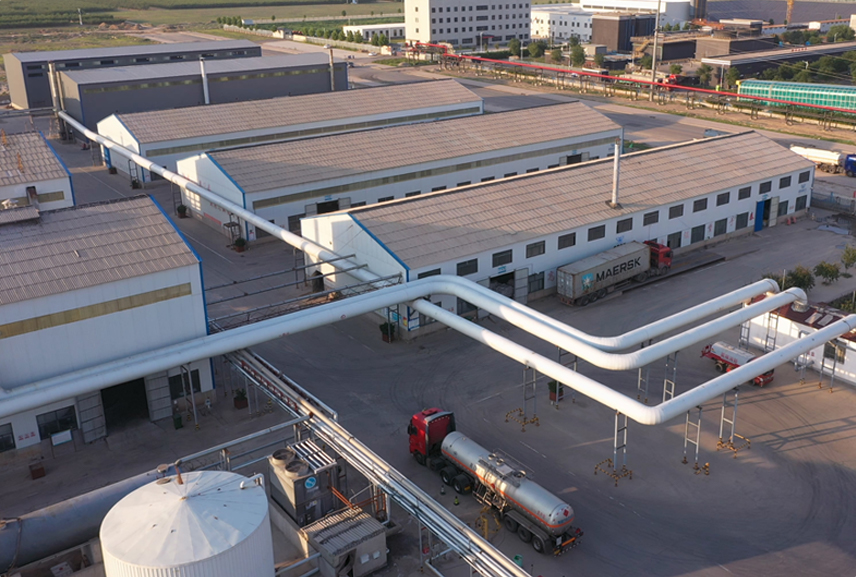The working principle of laundry detergent is similar to that of traditional washing powder and soap, and the active ingredients are all surfactants. HPMC can effectively enhance the surface activity of laundry detergent.
Product Details
HPMC has good thickening properties, which can increase the viscosity of laundry detergent, making it more stable and less prone to stratification. At the same time, its water retention properties also help the laundry detergent to better retain moisture during the washing process, thereby improving the washing effect.
Hydroxypropyl methylcellulose has emulsifying and easy-to-disperse properties, and can be well matched with various other additives to enhance the cold water dispersibility of laundry detergent, so that the laundry detergent has good emulsification and foam stabilization while ensuring safety. HPMC helps the solubility of laundry detergents, ensuring that they dissolve effortlessly, even in cold water.
HPMC is easily soluble in water, producing a clear and uniform solution, which can give the laundry detergent the required thickness or consistency, making them more effective in serving users.
Standard
| Item | Unit | Standard Specifications |
| Appearance | / | White powder, free flowing |
| Loss on drying | % | 4-6 |
| Residue | % | 3.5 |
| Methyl | % | 49-26 |
| Hydroxypropyl | % | 7-14 |
| Ph value(25C) | / | 6-8.5(neutral) |
| Gel temperature | ℃ | 60 degree/75 degree |
| degree of fineness | mesh | 100 mesh, >96%80 mesh, >100% |
| Apparent density | g/m3 | 0.4-0.6 |
| Proportion | g/L | 420-520 |
| Surface Tension(2%solution) | dyn/cm | 42-56 |
| Water retention | % | ≥92 |
| Light Transmittance | % | 65-90 |
| Carbonization temperature | ℃ | 280-300 |
| Discoloration temperature | ℃ | 190-200 |
Packaging and Shipping
Packaging and storage: 25 kg/bag
FAQ
Regarding the relationship between viscosity and temperature in HPMC (HPMC viscosity), what should be noted in practical applications?
What are the differences between HPMC and MC?
What are the formulations for interior and exterior wall putty powder?
What is the application of HPMC in putty powder, and what causes the formation of bubbles in putty powder?

Related Products

Get in Touch
Interested in how our HPMC can enhance your personal care formulations? Contact us to request a free sample and experience the superior quality of our cellulose ether products.
Related News and Blogs
24
Aug., 2024
Let's meet Indonesia Coatings Exhibition 2024
The 10th Paintistanbul & Turkcoat Fair will be held at the Istanbul Exhibition Center in Turkey from May 8th...
19
Nov., 2021
What Causes A Cracked Putty Layer?
The one-off scraping thickness of the putty is directly proportional to the curing shrinkage strength, which increases in proportion to the tendency of the putty to crack.
04
Nov., 2021
Whether you are carrying out small repairs or building walls, knowing how to mix the mortar needs to be precise. If the mortar is too dry, the blocks will not stick together properly. If it is too wet, flowing mortar can spill out of the joints, resulting in wasted time and materials for clean-up.
25
Oct., 2021
The Effect of Winter Construction Temperature on Tile Adhesives
As we all know, tile adhesive is generally made from cement and mixed with various additives. It is mixed with water at the construction site and then applied to the wall or floor.

Get in Touch
Interested in how our HPMC can enhance your personal care formulations? Contact us to request a free sample and experience the superior quality of our cellulose ether products.